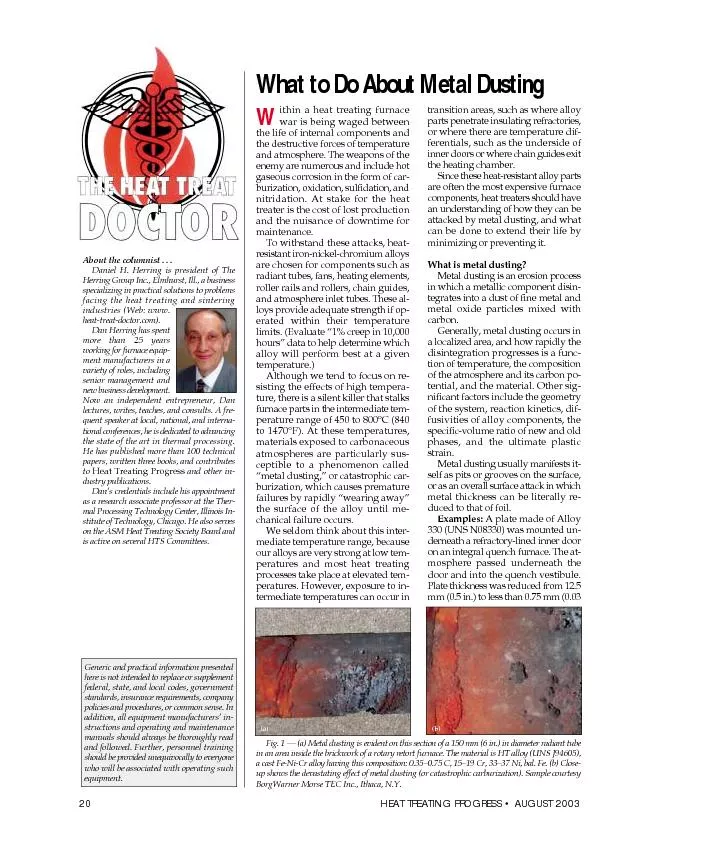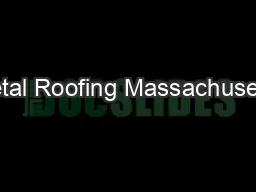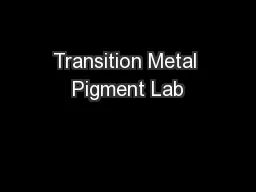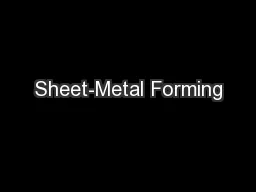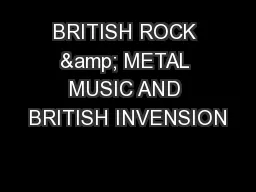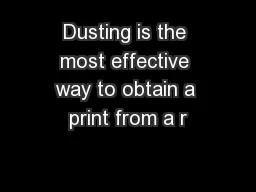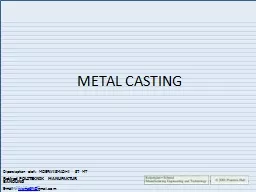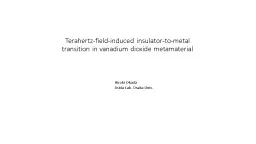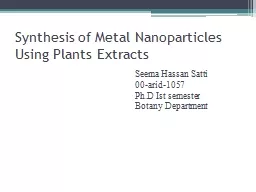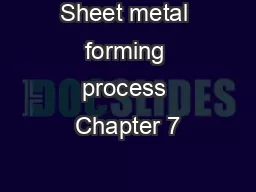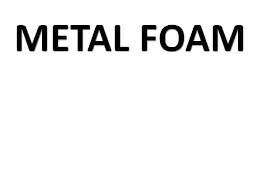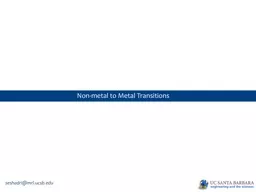PDF-What to Do About Metal Dusting
Author : briana-ranney | Published Date : 2016-03-19
ithin a heat treating furnacenitridation At stake for the heatand the nuisance of downtime for 20 HEAT TREATING P
Presentation Embed Code
Download Presentation
Download Presentation The PPT/PDF document "What to Do About Metal Dusting" is the property of its rightful owner. Permission is granted to download and print the materials on this website for personal, non-commercial use only, and to display it on your personal computer provided you do not modify the materials and that you retain all copyright notices contained in the materials. By downloading content from our website, you accept the terms of this agreement.
What to Do About Metal Dusting: Transcript
Download Rules Of Document
"What to Do About Metal Dusting"The content belongs to its owner. You may download and print it for personal use, without modification, and keep all copyright notices. By downloading, you agree to these terms.
Related Documents

